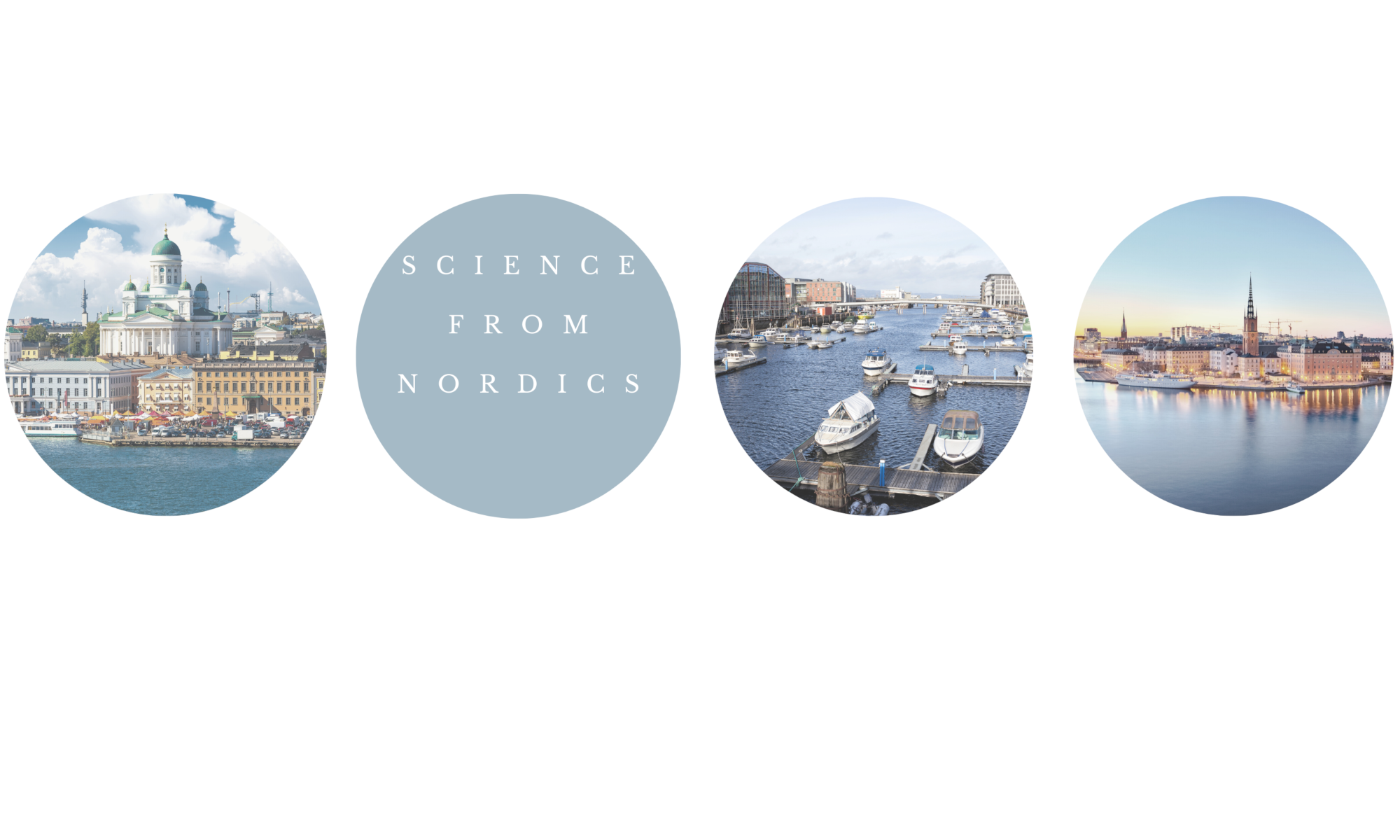Hi, my name is Xinwei. I am a second year Phd student within the TEFLON project. I was very happy and excited about attending the INTERSPEECH 2023 from 20.August to 24.August in Dublin.
It was my first time joining such an international and well-known conference. In this conference I met a lot of senior researchers from all over the world in the fields of speech and signal processing that includes my supervisor Prof. Torbjørn Karl Svendsen. I also met Prof. Mikko Kurimo from the university of Aalto and many of the other members in our project during this conference.
There were so many interesting ideas and techniques being proposed this year. I just wished to clone several of myself in order to be the audience of several parallel presentations, instead of running from one room to another all over the building. I also noticed many inspirational posters that inspired me for my research fields. In addition, I also encountered some of the posters with which I was not familiar with, e.g., speech synthesis and speech enhancement. It was really amazing to talk to those presenters and grasp the main concepts and problems of those fields in half an hour’s time.
I also presented our work with the title “An Analysis of Goodness of Pronunciation for Child Speech”. Thanks to many questions and advice from the audiences, I am now having a clearer picture of my future research work.
Really amazing conference. Can’t wait to meet all of you next year!
